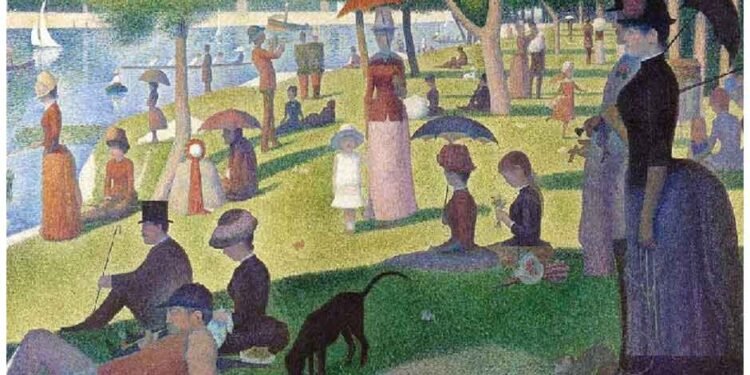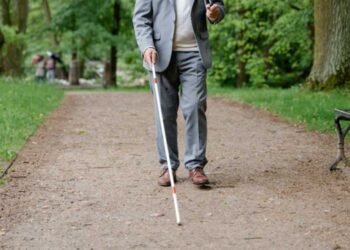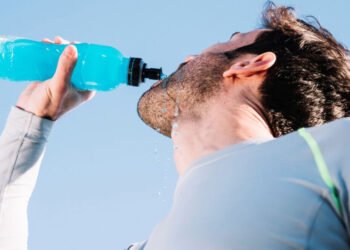The lines between artistic expression, self-identity, and personal enhancement continue to blur. More than ever, people are using their bodies as canvases to reflect personal narratives, values, and aspirations. This cultural shift not only embraces physical transformation but also recognizes the deep psychological and emotional significance behind these changes.
Art as a Reflection of Self
Throughout history, art has been one of the most powerful forms of human expression. From Renaissance paintings to modern installations, artists have captured the essence of identity, struggle, beauty, and transformation. In a similar vein, many people now view personal enhancement as a form of artistic expression. Whether through tattoos, fashion, or cosmetic procedures, the choices individuals make about their appearance often tell a personal story.
These choices aren’t made lightly. Just like an artist selecting the right brushstroke, people explore enhancements as a way to create a cohesive and confident version of themselves. For many, the body becomes a living, breathing art form, one that evolves over time in response to changing identities and experiences.
Identity and Self-Perception
Identity is deeply personal and often complex. It encompasses who we are, how we view ourselves, and how we wish to be perceived by others. As society becomes more inclusive and accepting of individuality, there’s a growing emphasis on aligning outer appearance with inner identity.
This is where personal enhancement comes into play. For some, enhancing physical features isn’t just about aesthetics but about authenticity. It’s a way to bridge the gap between how they feel on the inside and how they appear on the outside. Whether it’s a gender-affirming procedure, a corrective surgery, or a cosmetic enhancement, these changes often lead to a stronger sense of self and increased confidence.
The Role of Aesthetic Professionals
As personal enhancement gains broader social acceptance, the professionals behind these transformations play a pivotal role. Surgeons, aestheticians, and artists alike act as collaborators in the self-expression process. They help people articulate their vision and turn it into reality, blending technical skill with artistic insight.
For example, cosmetic procedures such as breast augmentation have become increasingly common for those seeking to enhance their natural proportions or restore volume after life changes like childbirth. Choosing a trusted and experienced surgeon is crucial in ensuring that the outcome reflects both the desired look and the individual’s unique identity. Those seeking expert care in the Chicago area may explore DrIteld.com for personalized and artful approaches to breast augmentation.
The Ethical Considerations
While the merging of art and enhancement offers exciting possibilities, it also raises important ethical questions. How do we define beauty? Who gets to decide what’s considered “enhanced”? And what impact does this have on societal standards?
It’s important to recognize that personal enhancement should be rooted in individual choice, not external pressure. Empowerment comes from within, from deciding what changes, if any, align with one’s values and identity. When approached with care, respect, and autonomy, enhancement can be a positive force in personal development and self-love.
A New Era of Expression
We’re entering an era where the boundaries between art, identity, and personal enhancement are more fluid than ever. What was once considered superficial or taboo is now increasingly seen as a legitimate and empowering form of self-expression.
By embracing the artistic nature of personal enhancement, individuals aren’t just changing their appearance; they’re telling stories, making statements, and reclaiming control over their narratives. Just as no two pieces of art are alike, each person’s journey is unique, deserving of respect and celebration.
In this intersection lies the future of how we define beauty, identity, and authenticity, one enhancement, one story, one transformation at a time.












